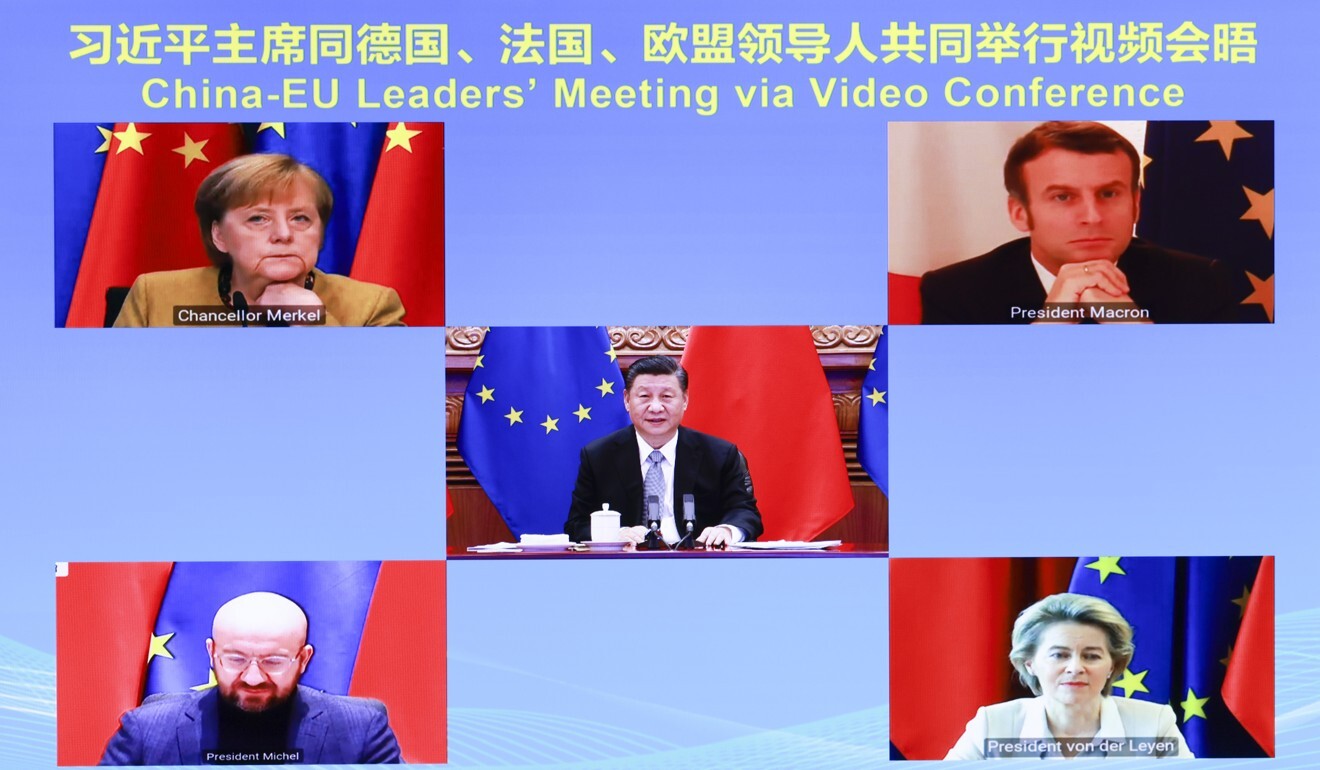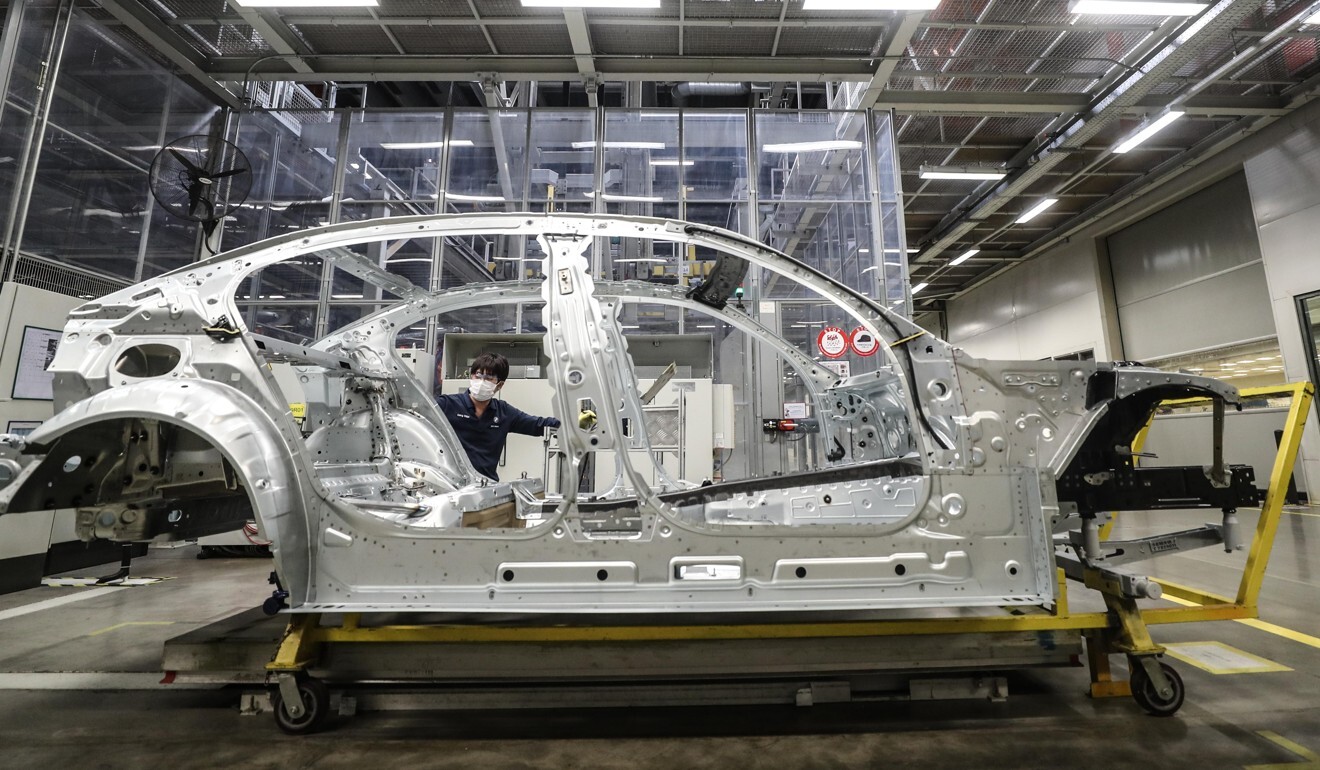
China-EU investment deal allows for arbitration to settle disputes, documents show
- Comprehensive Agreement on Investment has been hailed as a breakthrough in the China-EU relationship, which has been fraught with trade disputes
- Full text of deal also shows introduction of stricter clauses on market access and technology transfers
Explainer | What is the China-EU CAI and how is an investment deal different from a trade deal?
According to the text, in the event of a trade dispute, either side can request the establishment of an arbitration panel. If China were the complainant, the hearing would be in Brussels, and if the EU had a gripe the hearing would be in Beijing, it said.
The ruling panel is required to deliver a report within 50 days of the hearing, and any remedial action should be taken within 15 months of a ruling, unless both sides agree to an extension.

As well as promising to open up its markets to European companies, China agreed in the deal to regulate its state-owned enterprises (SOEs) and rectify restrictions that are unpopular with EU firms such as forced technology transfers.
On the former, the two sides agreed that SOEs should make decisions based solely on commercial considerations, while on the latter, they said the transfer or licensing of technology must be based on market terms and regulatory regimes should be impartial, according to the documents.
Explainer | Deal or no deal? What next for China-EU investment pact and why it may fail
European companies have long complained of uneven playing fields and obstacles to entering and expanding their businesses in the world’s second-largest economy, especially in the automotive industry, and the financial, environmental, computer and health care services sectors.

Zhang Monan, chief researcher on American and European studies at the China Centre for International Economic Exchanges in Beijing, said the deal was a demonstration of intent.
“It shows China’s commitment to push forward a rule-based opening,” he said.
The European Union is China’s second-largest trading partner – after the Association of Southeast Asian Nations – and a key source of direct investment.
About 28 per cent of the EU’s investment in China is in the automotive sector, followed by 22 per cent in basic materials and chemicals, 9 per cent in financial services, 7 per cent in consumer products and 5 per cent in energy, according to the fact sheet released by the EU delegation to China.
EU Parliament condemns China deal over Hong Kong crackdown
While the investment deal has been signed, it has yet to be ratified by either Beijing or Brussels. The European Parliament said it would “carefully scrutinise” the agreement and that China’s record on human rights would be taken into account when EU members voted on it.
Tom Jenkins, a former president of the European Economic and Social Committee, expressed concern about the absence in the CAI of clauses on freedom of association and collective bargaining.
Also, “[there are] no sanctions if a party is found in breach of its obligations” on sustainable development, he said on Twitter.

